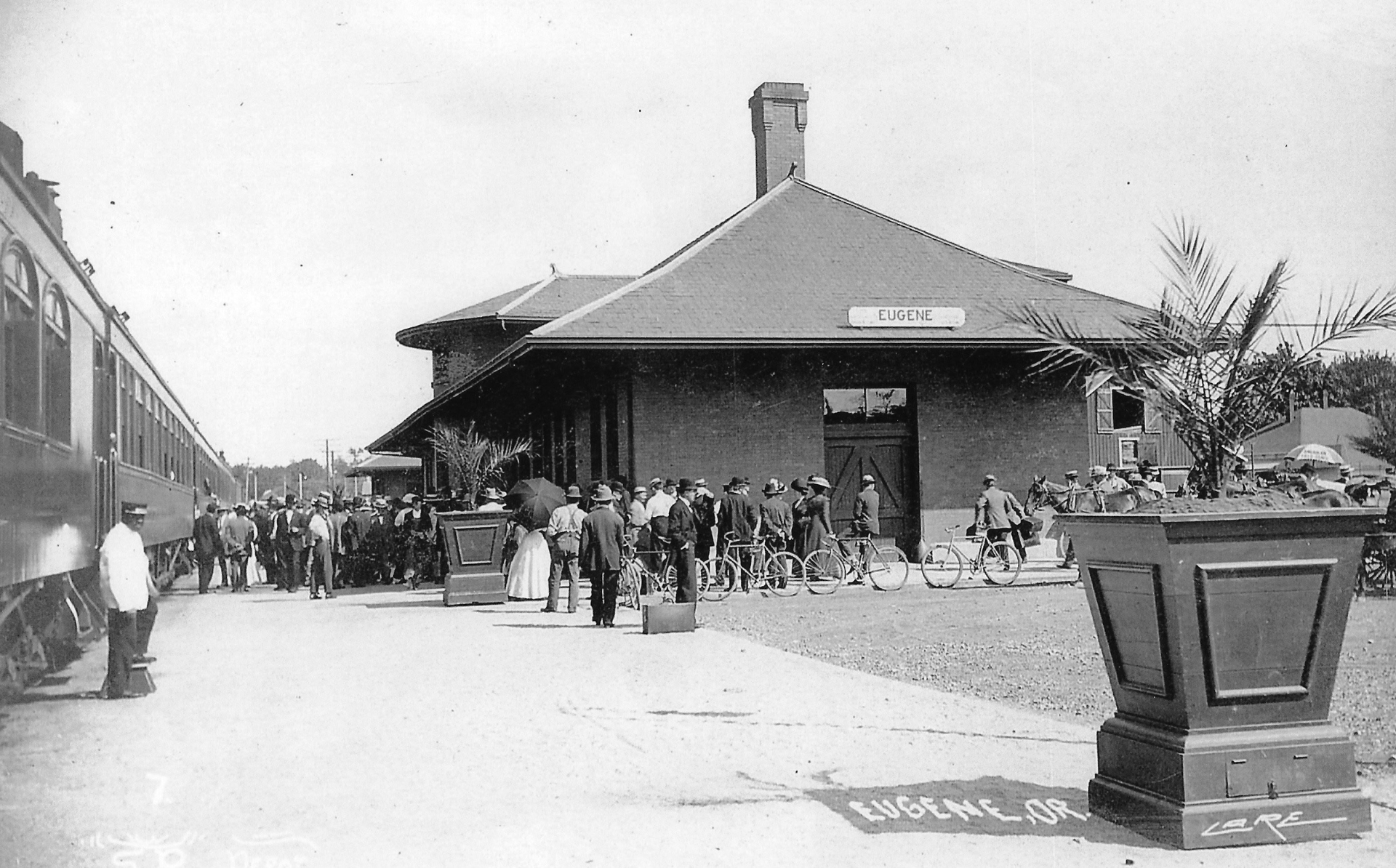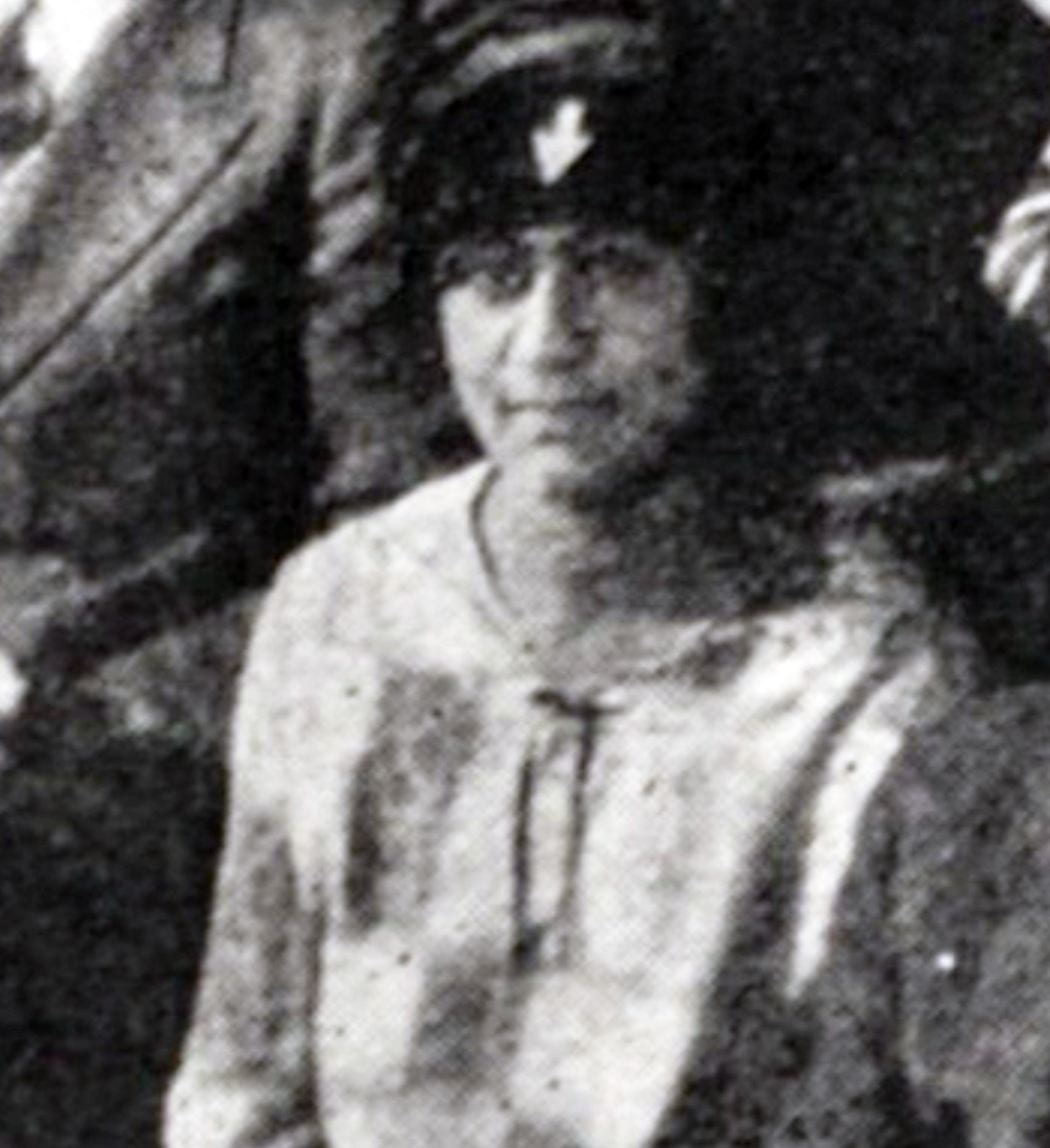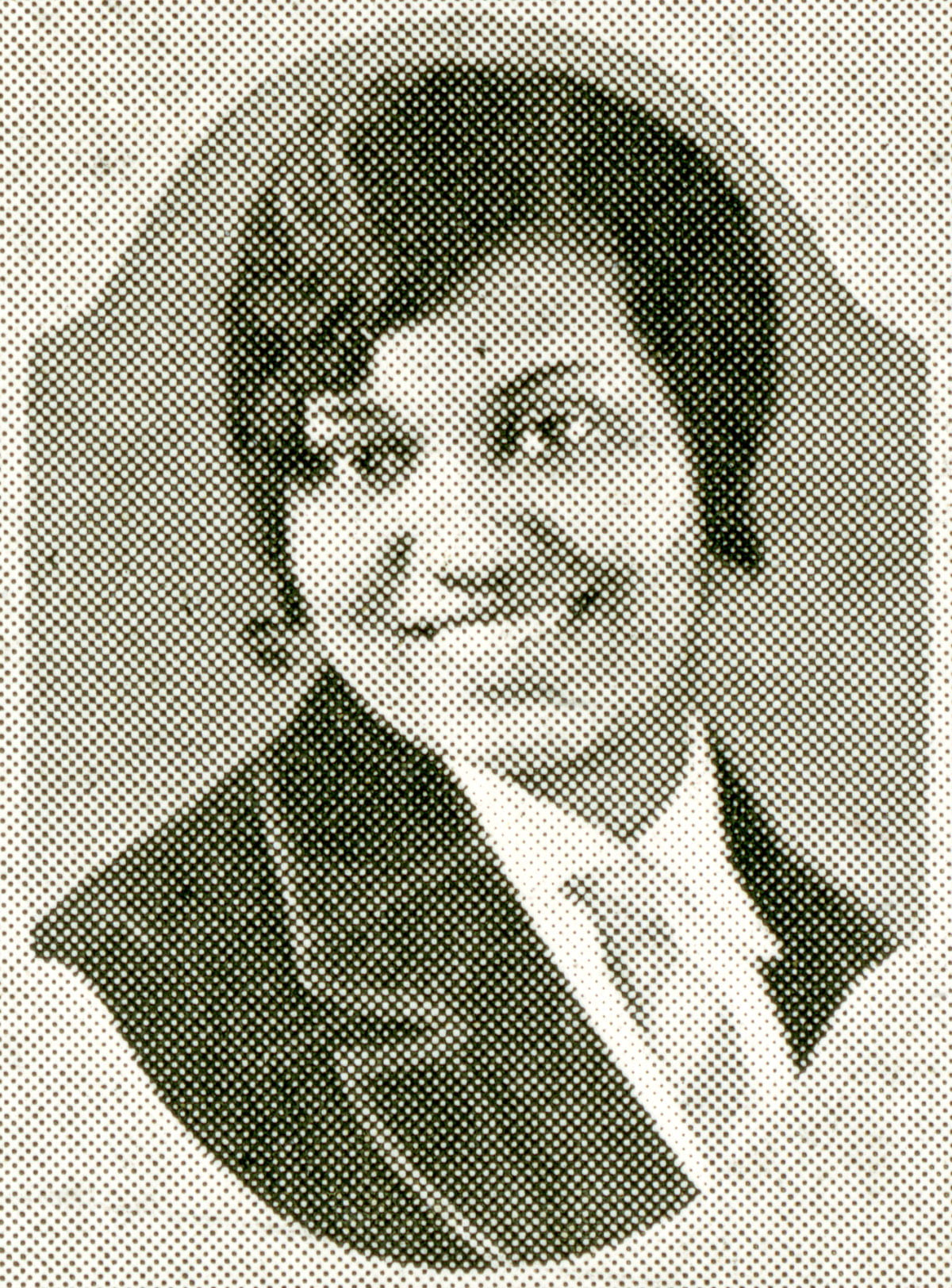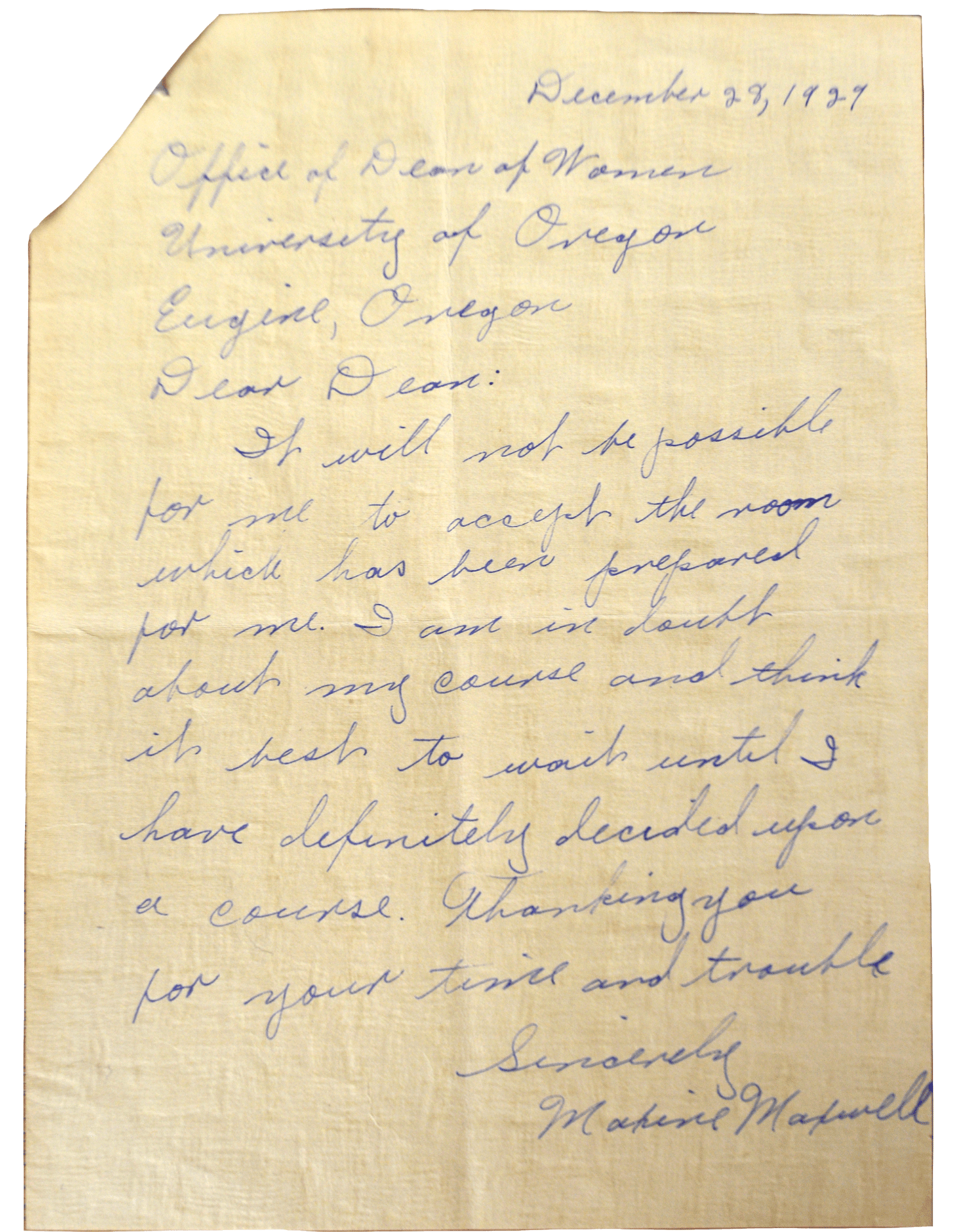Mabel Byrd
Image credit: Old Oregon, December 1926, University of Oregon Libraries
Maxine Maxwell withdrew from the UO in 1929 after being reassigned to an apartment ten blocks from campus.
Image credit: 1929 Beaver Yearbook, Special Colelctions and Archives Research Center, Oregon State University Libraries
Barriers to Education
Mabel Byrd made history as the first Black student to attend the University of Oregon in 1917, yet she was denied campus housing because of her race. Mabel finished her degree at the University of Washington, and became an activist in the early civil rights movement.
Ten years later, Maxine Maxwell faced similar hurdles. Maxine and her parents were the first to protest the UO’s policy of excluding Black women from dormitories. The responses from university staff and the local public capture the prevalent racist attitudes.
“If it is the thought of Miss Maxwell’s parents that … she should be made the roommate of three girls not of her own race, they are talking the utter nonsense of race fanatics.”
– Eugene Daily Guard Editorial, 1929
“Students have reported … that they would not remain in the hall if a negro girl entered. It is my opinion that this feeling would become widespread in case there was a successful attempt to force Maxine Maxwell into Susan Campbell Hall.”



